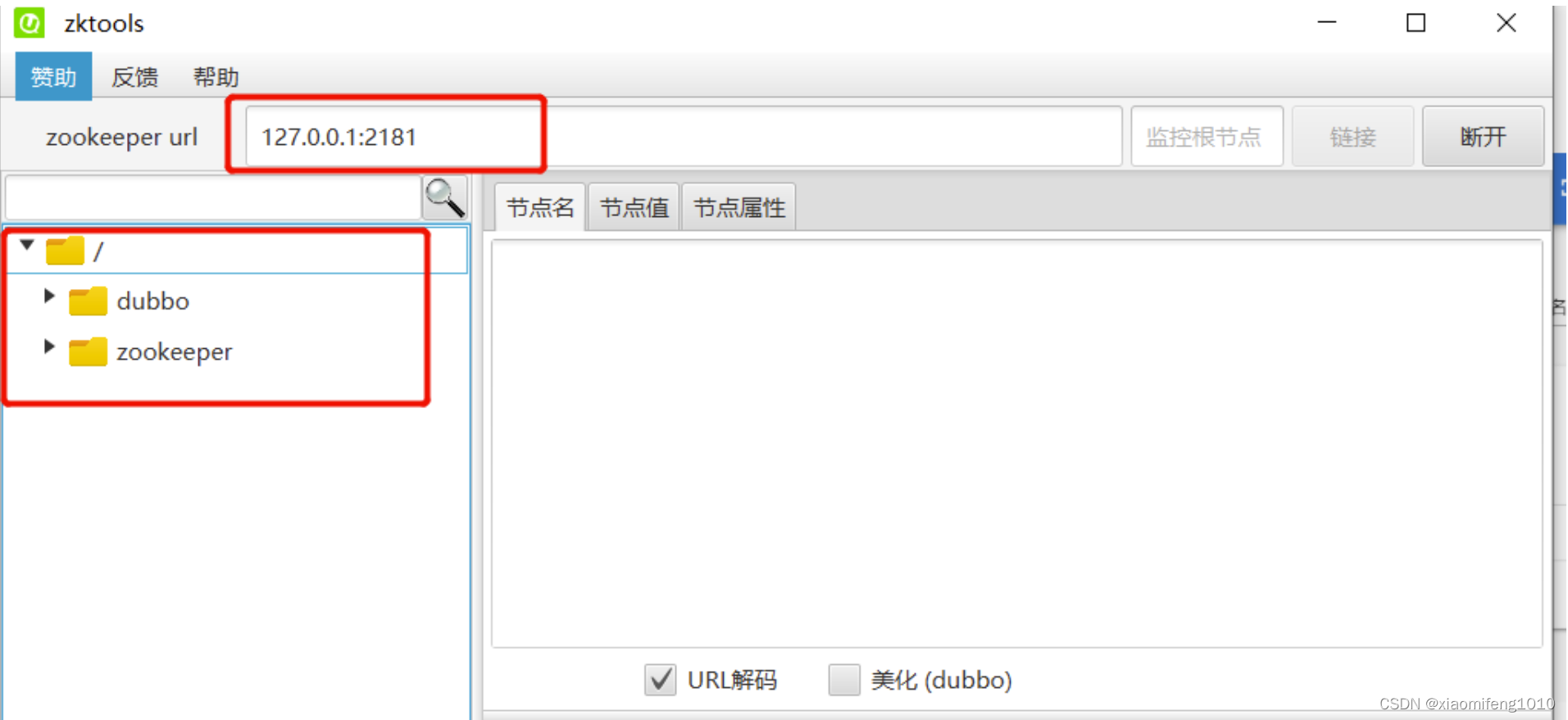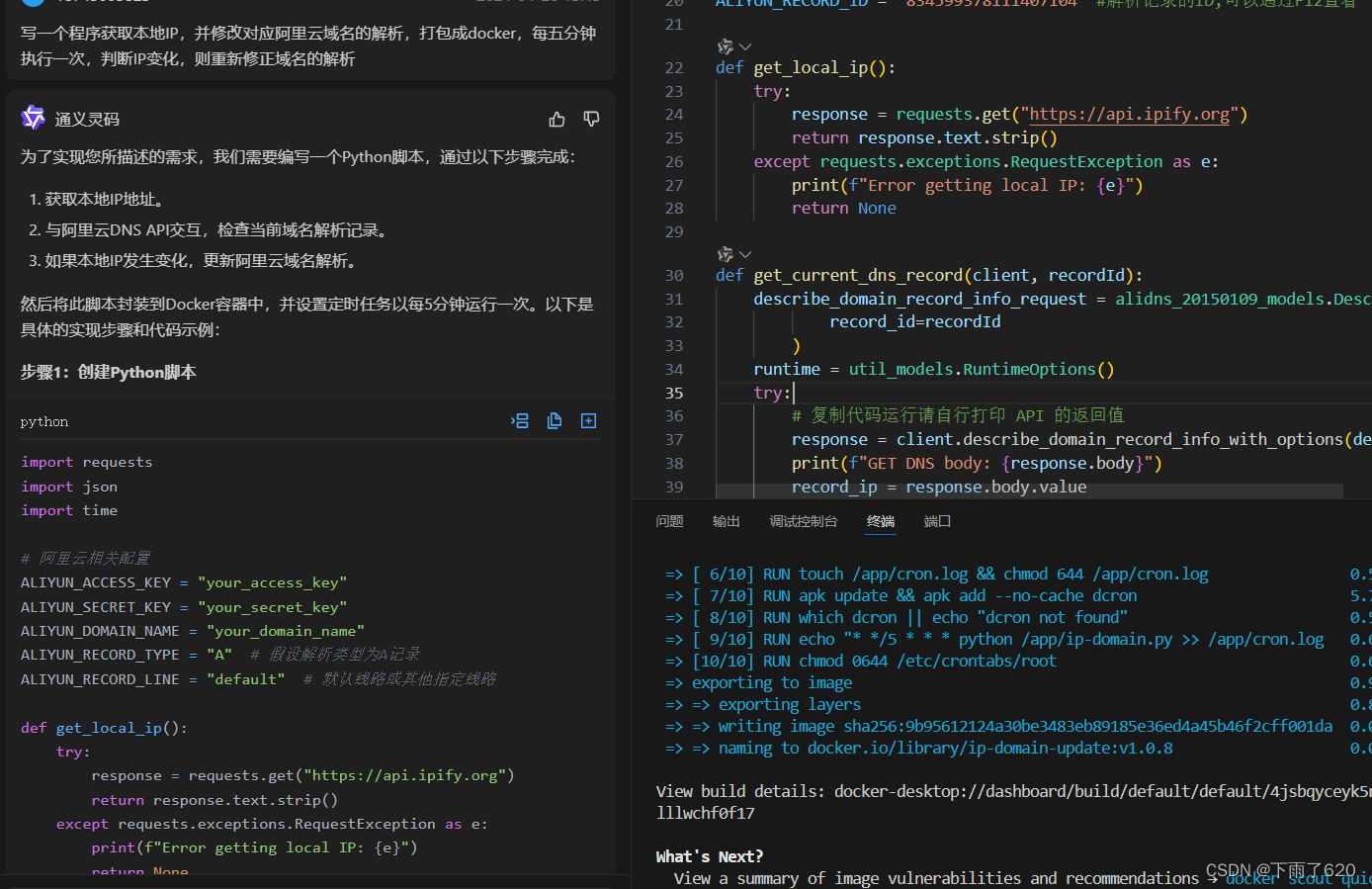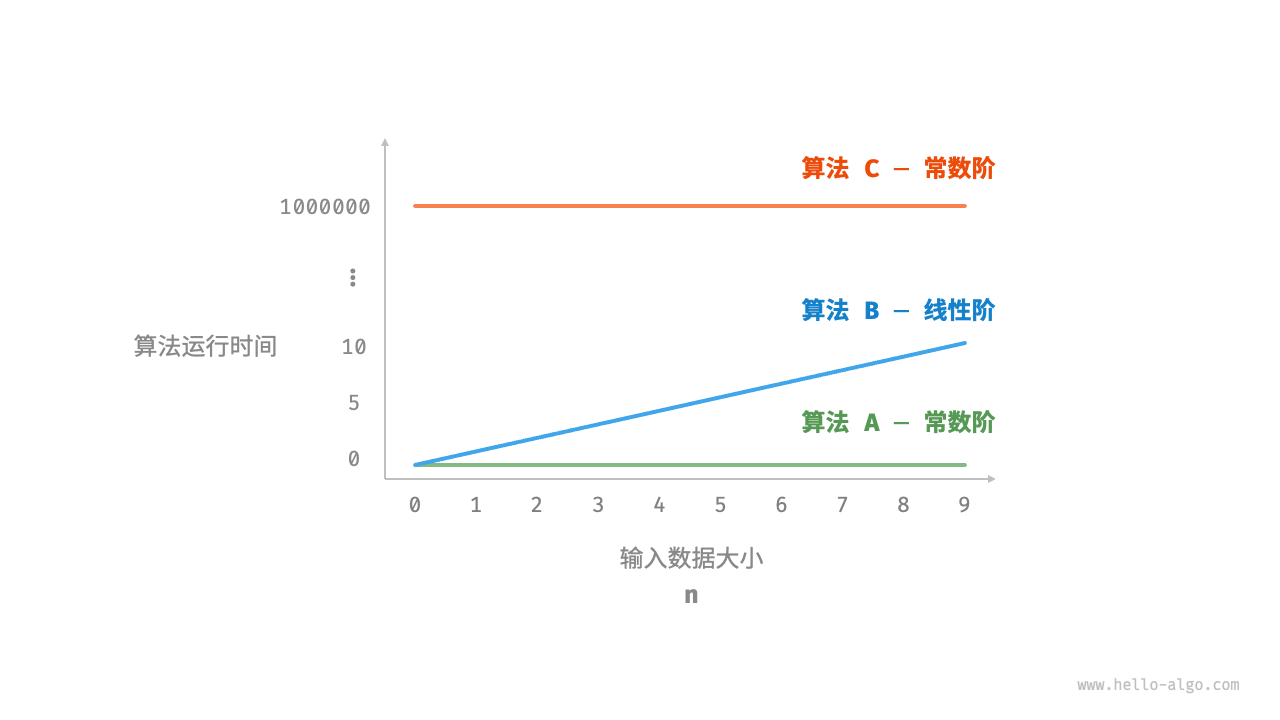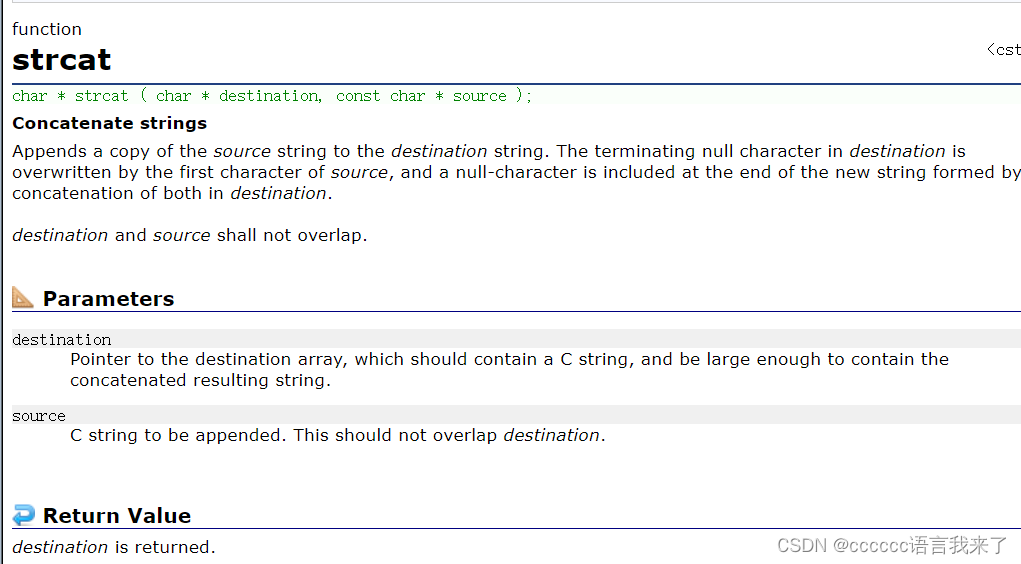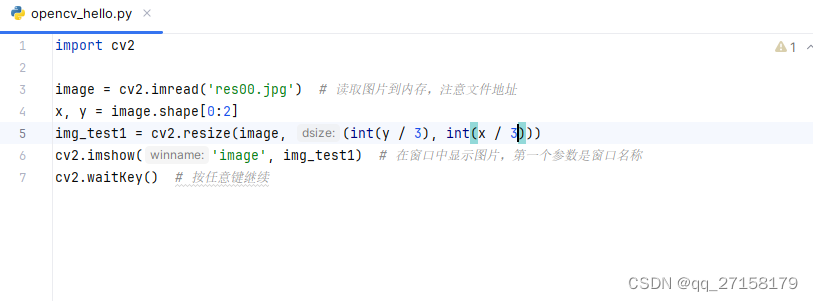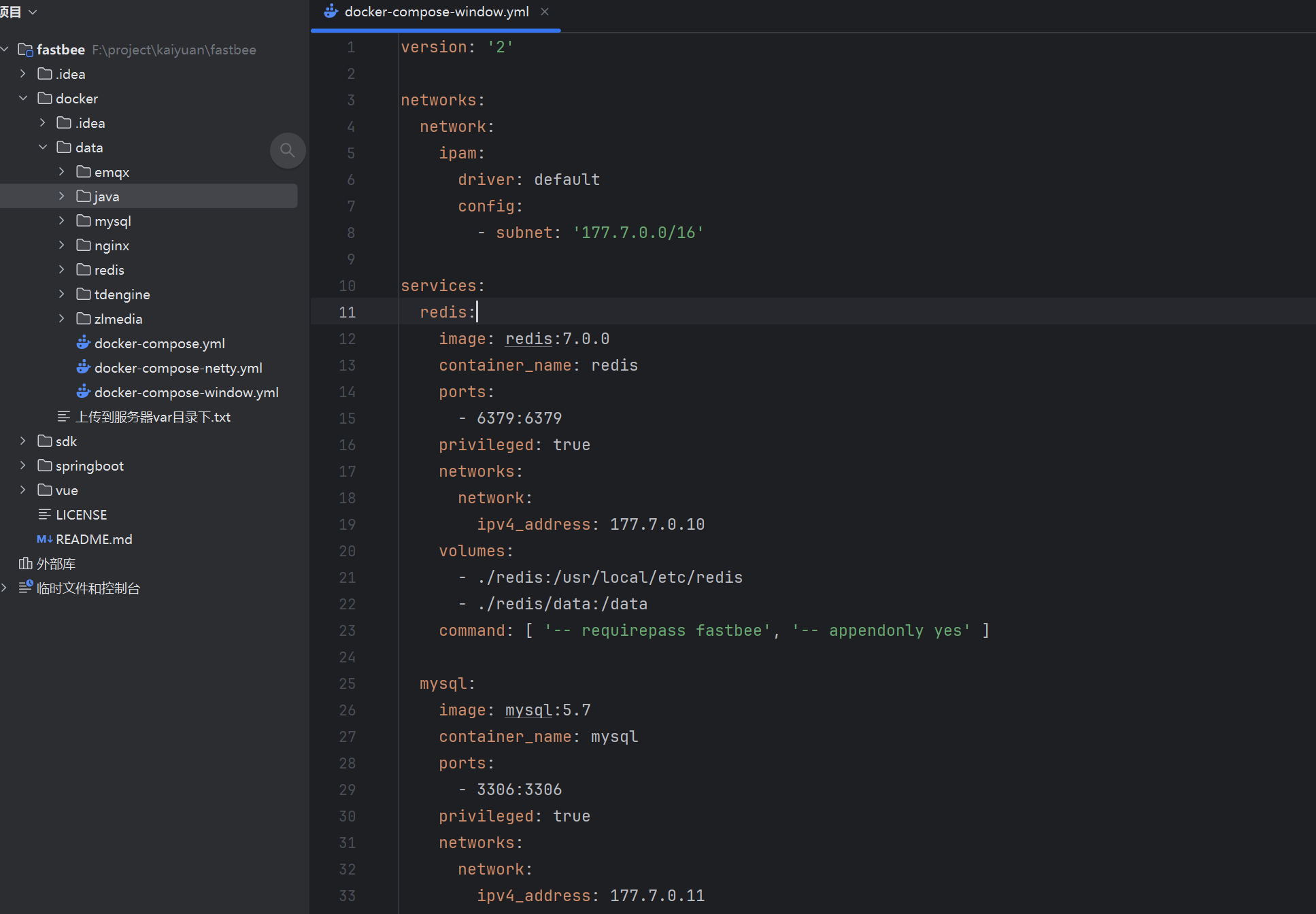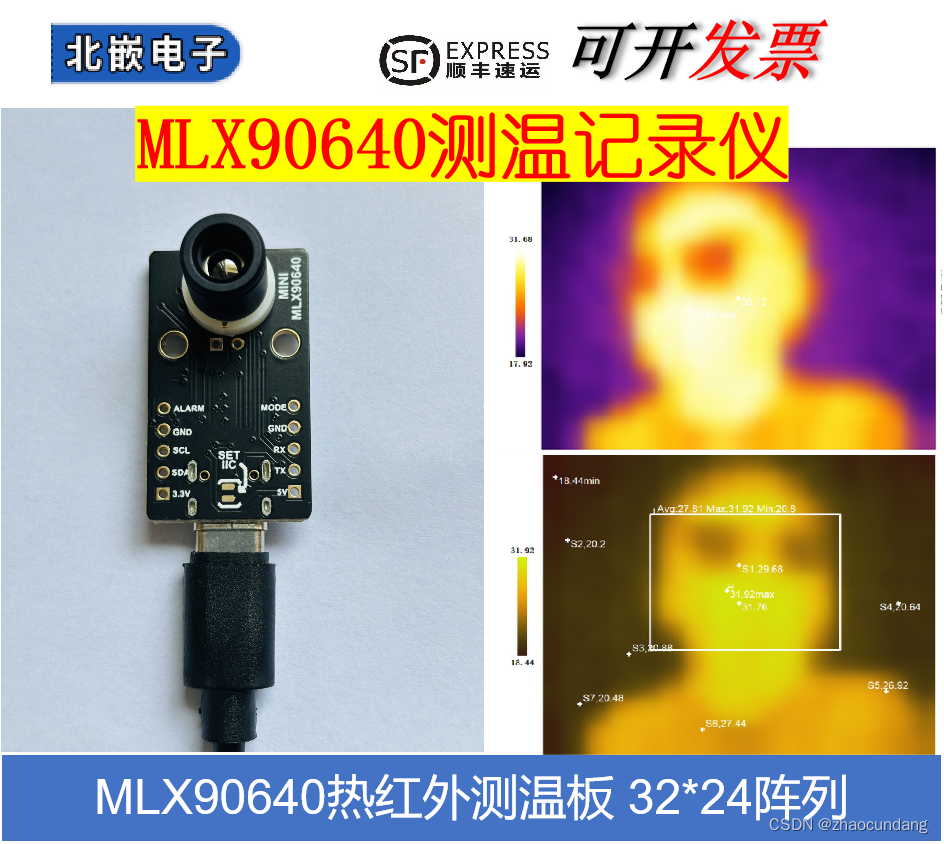#pragma once
// 带头+双向+循环链表增删查改实现
#include<stdlib.h>
#include<stdio.h>
#include<assert.h>
typedef int LTDataType;
typedef struct ListNode
{
LTDataType data;
struct ListNode* next;
struct ListNode* prev;
}ListNode;
//双链表申请一个新节点
ListNode* BuyListNode(LTDataType x);
// 创建返回链表的头结点
ListNode* ListCreate();
// 双向链表打印
void ListPrint(ListNode* pHead);
// 双向链表尾插
void ListPushBack(ListNode* pHead, LTDataType x);
// 双向链表尾删
void ListPopBack(ListNode* pHead);
// 双向链表头插
void ListPushFront(ListNode* pHead, LTDataType x);
// 双向链表头删
void ListPopFront(ListNode* pHead);
// 双向链表查找
ListNode* ListFind(ListNode* pHead, LTDataType x);
// 双向链表在pos的前面进行插入
void ListInsert(ListNode* pos, LTDataType x);
// 双向链表删除pos位置的节点
void ListErase(ListNode* pos);
// 双向链表销毁
void ListDestory(ListNode* pHead);
//双链表申请一个新节点
ListNode* BuyListNode(LTDataType x)
{
ListNode* node = (ListNode*)malloc(sizeof(ListNode));
if (node == NULL)
{
perror("BuyListNode::malloc");
return NULL;
}
node->data = x;
node->next = NULL;
node->prev = NULL;
return node;
}
// 创建返回链表的头结点
ListNode* ListCreate()
{
ListNode* head = BuyListNode(-1);
head->next = head;
head->prev = head;
}
// 双向链表打印
void ListPrint(ListNode* pHead)
{
assert(pHead);
ListNode* cur = pHead->next;
printf("head<=>");
while (cur != pHead)
{
printf("%d<=>", cur->data);
cur = cur->next;
}
printf("\n");
return;
}
// 双向链表尾插
// void ListPushBack(ListNode* pHead, LTDataType x)
// {
// assert(pHead);
// ListNode* newnode = BuyListNode(x);
// ListNode* tail = pHead->prev;
// tail->next = newnode;
// newnode->prev = tail;
// newnode->next = pHead;
// pHead->prev = newnode;
// return;
// }
// 下面的写法更容易理解
void ListPushBack(ListNode* pHead, LTDataType x)
{
assert(pHead);
ListNode* newnode = BuyListNode(x);
newnode->next = pHead;
newnode->prev = pHead->prev;
pHead->prev->next = newnode;
pHead->prev = newnode;
return;
}
// 双向链表尾删
void ListPopBack(ListNode* pHead)
{
assert(pHead);
ListNode* tail = pHead->prev;
if (tail == pHead)
return;
tail->prev->next = pHead;
pHead->prev = tail->prev;
free(tail);
tail = NULL;
return;
}
// 双向链表头插
// void ListPushFront(ListNode* pHead, LTDataType x)
// {
// assert(pHead);
// ListNode* newnode = BuyListNode(x);
// newnode->next = pHead->next;
// pHead->next->prev = newnode;
// pHead->next = newnode;
// newnode->prev = pHead;
// return;
// }
void ListPushFront(ListNode* pHead, LTDataType x)
{
assert(pHead);
ListNode* newnode = BuyListNode(x);
newnode->next = pHead->next;
newnode->prev = pHead;
pHead->next->prev = newnode;
pHead->next = newnode;
return;
}
// 双向链表头删
void ListPopFront(ListNode* pHead)
{
assert(pHead);
ListNode* tmp = pHead->next;
if (tmp == pHead)
return;
tmp->next->prev = pHead;
pHead->next = tmp->next;
free(tmp);
tmp = NULL;
}
// 双向链表查找
ListNode* ListFind(ListNode* pHead, LTDataType x)
{
assert(pHead);
ListNode* cur = pHead;
while (cur->data != x)
{
cur = cur->next;
if (cur == pHead)
return NULL;
}
return cur;
}
// 双向链表在pos的前面进行插入
// void ListInsert(ListNode* pos, LTDataType x)
// {
// assert(pos);
// ListNode* newnode = BuyListNode(x);
// pos->prev->next = newnode;
// newnode->prev = pos->prev;
// pos->prev = newnode;
// newnode->next = pos;
// return;
// }
// 下面这个更好理解,且避免了pos为头节点时若头节点的 next 为 NULL 时的错误
void ListInsert(ListNode* pos, LTDataType x)
{
assert(pos);
ListNode* newnode = BuyListNode(x);
newnode->next = pos;
newnode->prev = pos->prev;
pos->prev->next = newnode;
pos->prev = newnode;
return;
}
// 双向链表删除pos位置的节点
void ListErase(ListNode* pos)
{
assert(pos);
pos->prev->next = pos->next;
pos->next->prev = pos->prev;
free(pos);
pos = NULL;
return;
}
// 双向链表销毁
void ListDestory(ListNode* pHead)
{
assert(pHead);
ListNode* cur = pHead->next;
while (cur != pHead)
{
ListNode* tmp = cur->next;
free(cur);
cur = tmp;
}
free(pHead);
return;
}
int main() {
// 创建一个双向循环链表,头节点head
ListNode* myList = ListCreate();
// 尾插元素
ListPushBack(myList, 1);
ListPushBack(myList, 2);
ListPushBack(myList, 3);
// 头插元素
ListPushFront(myList, 0);
// 打印链表
ListPrint(myList); // 应该输出:head<=>0<=>1<=>2<=>3<=>
// 查找元素
ListNode* foundNode = ListFind(myList, 2);
if (foundNode != NULL) {
printf("找到的节点的data: %d\n", foundNode->data); // 应该输出:Found node with value: 2
} else {
printf("没有找到\n");
}
// 在指定位置前插入元素
ListInsert(foundNode, 10);
// 打印链表
ListPrint(myList); // 应该输出:head<=>0<=>1<=>10<=>2<=>3<=>
// 删除指定位置的元素
ListErase(foundNode);
// 打印链表
ListPrint(myList); // 应该输出:head<=>0<=>1<=>10<=>3<=>
// 头删元素
ListPopFront(myList);
// 尾删元素
ListPopBack(myList);
// 打印链表
ListPrint(myList); // 应该输出:head<=>1<=>2<=>
// 打印 head 的 prev 的 data
printf("head->prev->data: %d", myList->prev->data);
// 销毁链表
ListDestory(myList);
return 0;
}运行结果:





























